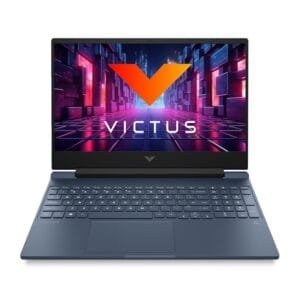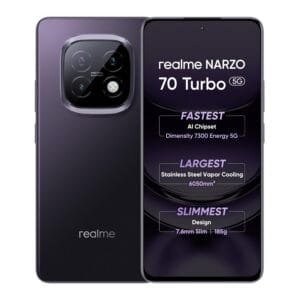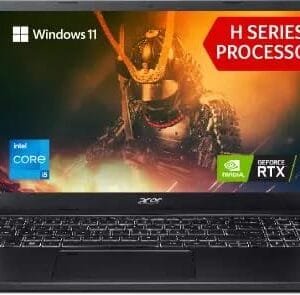
If you’re looking for the best Valorant settings to help you dominate the server and start popping off for multi-kills with your favorite agent, we have you covered. As a competitive shooter, Valorant doesn’t place a huge emphasis on graphical fidelity, but gives you enough options to make the game’s vibrant color palette really pop.
However, there’s more nuance to finding the best Valorant settings than simply whacking the game’s various graphics options as low as possible and calling it a day, even if the Valorant system requirements are low. In fact, doing just that may inhibit your ability to read the game’s environments thanks to murky textures and distractingly blurred edges, even if you have the best graphics card.
With that in mind, we’ve put together the best Valorant settings that prioritize frames per second without sacrificing the look of the game’s visuals too much. AMD FSR, Nvidia DLSS, and Intel XeSS are all absent from the options menu, but Nvidia Reflex is available and can lower your system latency if you’re running a Nvidia GeForce GTX 900 series graphics card or newer.
Best Valorant settings for PC
- Display Mode: Fullscreen
- Nvidia Reflex Low Latency: On + Boost (if supported)
- Multithreaded Rendering: On
- Material Quality: High
- Texture Quality: High
- Detail Quality: High
- UI Quality: Low
- Vignette: Off
- VSync: Off
- Anti-Aliasing: MSAA 4x
- Anisotropic Filtering: 8x
- Improve Clarity: Off
- Experimental Sharpening: On
- Bloom: On
- Distortion: Off
- Cast Shadows: Off
These settings provide the best balance between visual quality and performance for most gaming PCs, including our Nvidia RTX 4070 testing rig (full specs under How We Test), but there are a few key changes you can make to affect the way Valorant performs and looks.
We found Detail Quality to be the most demanding of Valorant’s graphical options. It changes the level of detail applied to the background and non-gameplay-related effects, so you won’t be missing anything critical by turning it down to ‘Low’. That said, most systems should have little trouble running this in its higher presets.
Material Quality has the most significant impact on the game’s visuals, controlling the complexity of its shaders. It doesn’t have a significant impact on frames per second for most graphics cards, so we recommend running it in as high a preset as your PC can manage.
Anisotropic filtering and bloom also lend Valorant a greater sense of flair at their higher presets, and thankfully, don’t have a large performance footprint. That said, try turning the latter off before bringing the former down if you need to boost fps.
While Nvidia Reflex Low Latency won’t help your frame rate, it will reduce your system’s input lag. Essentially, it allows your PC to draw frames as quickly as possible, meaning you’ll be able to see enemies sooner and somewhat mitigate things like peekers’ advantage as a defender. There’s no downside to turning this setting on, and so we recommend switching it to its ‘On + Boost’ mode.
Best Valorant settings for Steam Deck
Valorant is not currently playable on the Steam Deck without booting Windows onto your handheld. It’s not possible to do this via dual-booting due to the need to enable secure boot in Windows.
If you manage to get Valorant loaded on your Steam Deck using Windows, the medium preset results in a frame rate of between 60fps and 70fps.
Controller support isn’t present, meaning you’ll need to hook up a mouse and keyboard to your Steam Deck in order to play. To do this, you’re best off using one of the best Steam Deck docks to ensure you have enough free USB-C ports.
The Steam Deck’s small screen also isn’t ideal for competitive shooters, so you can look at investing in one of the best gaming monitors to hook your handheld up to.
Valorant graphics presets
Valorant offers little in the way of graphics presets, with just three simple levels available. It’s because of this that finding the best Valorant settings can be quite tricky and require some trial and error.
There isn’t a huge gap in performance between the lowest and highest preset, but in a competitive shooter, every frame matters and can be the difference between landing a headshot and just missing.
Known Valorant performance issues
You shouldn’t encounter many Valorant performance issues, but if you have an AMD Ryzen processor and one of the best gaming motherboards from Asus may encounter some minor problems. Thankfully, there’s an easy fix you can apply to help remedy any trouble you’re having.
Just follow the steps below, but please note this fix will only work if Asus AI Suite 3 is installed on your gaming PC, and HPET is set to on:
- Press the Windows key on your keyboard and type cmd
- Right-click Command Prompt and select Run As Administrator
- Type bcdedit.exe /set useplatformclock false and press Enter
- When ‘The operation completed successfully’ appears, restart your PC
- Enjoy your improved performance
How we test Valorant
At PCGamesN, we use dedicated gaming rigs to test the best settings for performance and gameplay in the latest releases. The test rig used for Valorant includes the following components: Intel Core i7 11700F, Nvidia GeForce RTX 4070 12GB, 32GB of DDR4 3200MHz RAM, MSI B560 motherboard. We also test using Windows 11 64-bit.
We always run our testing first at 1,920 x 1,080 to identify the best settings, then again at 2,560 x 1,440 using the same setup to gauge the difference in performance. We use CapFrameX to capture frame data and compare testing sessions.
Do you need an SSD to play Valorant?
No, you do not need an SSD to install or play Valorant. However, having one of the best SSDs for gaming, provided it is compatible with your gaming PC, will help improve game download times while also impacting in-game loading times.
How to monitor performance in Valorant
If you want to keep an eye on performance in Valorant, we have an easy method that works whether you’re using an Nvidia or AMD graphics card.
For Nvidia cards, ensure you have GeForce Experience or the Nvidia App installed and the in-game overlay enabled. Then hit Alt + R in-game to bring up your performance monitor. With AMD cards, you can enable performance monitoring via the Radeon overlay using the shortcut Ctrl + Shift + O.
Alternatively, you can download free software such as CapFrameX or Nvidia FrameView, to get a cleaner, more simplified benchmarking tool that works with any graphics card.
If you need to upgrade your hardware to start playing Valorant, follow our handy guide on how to build a gaming PC, which takes you through the process step by step from start to finish.
You can also follow us on Google News for daily PC hardware news, reviews, and guides, or join our community Discord to stay in the know.





